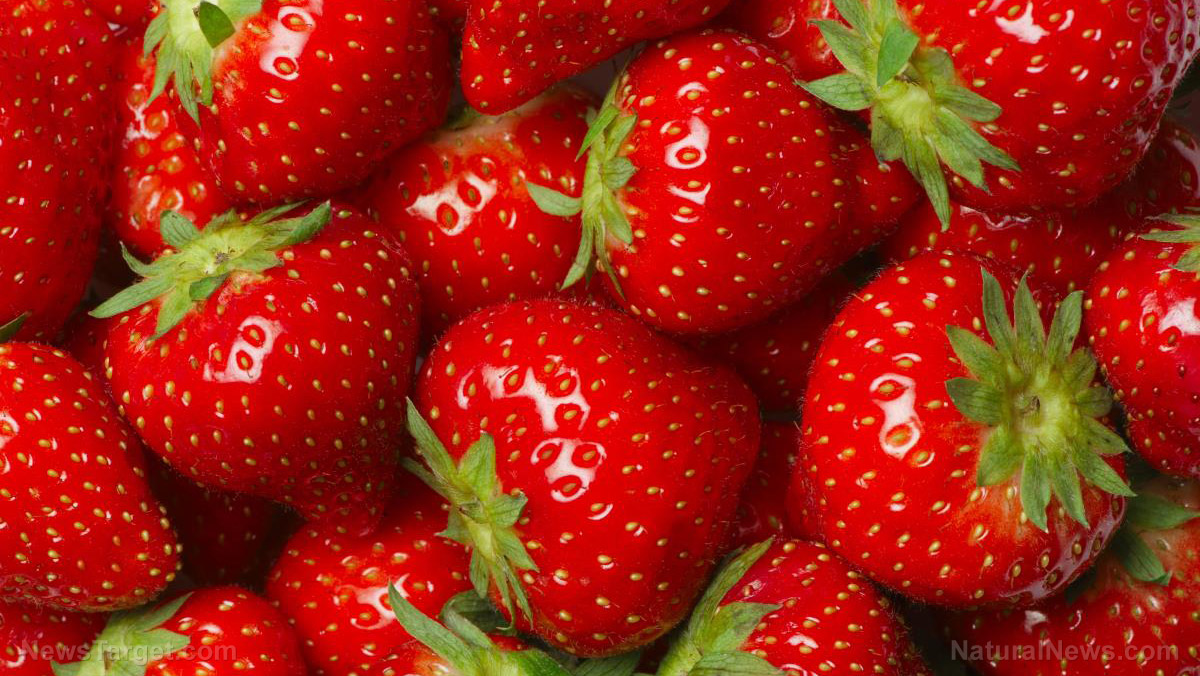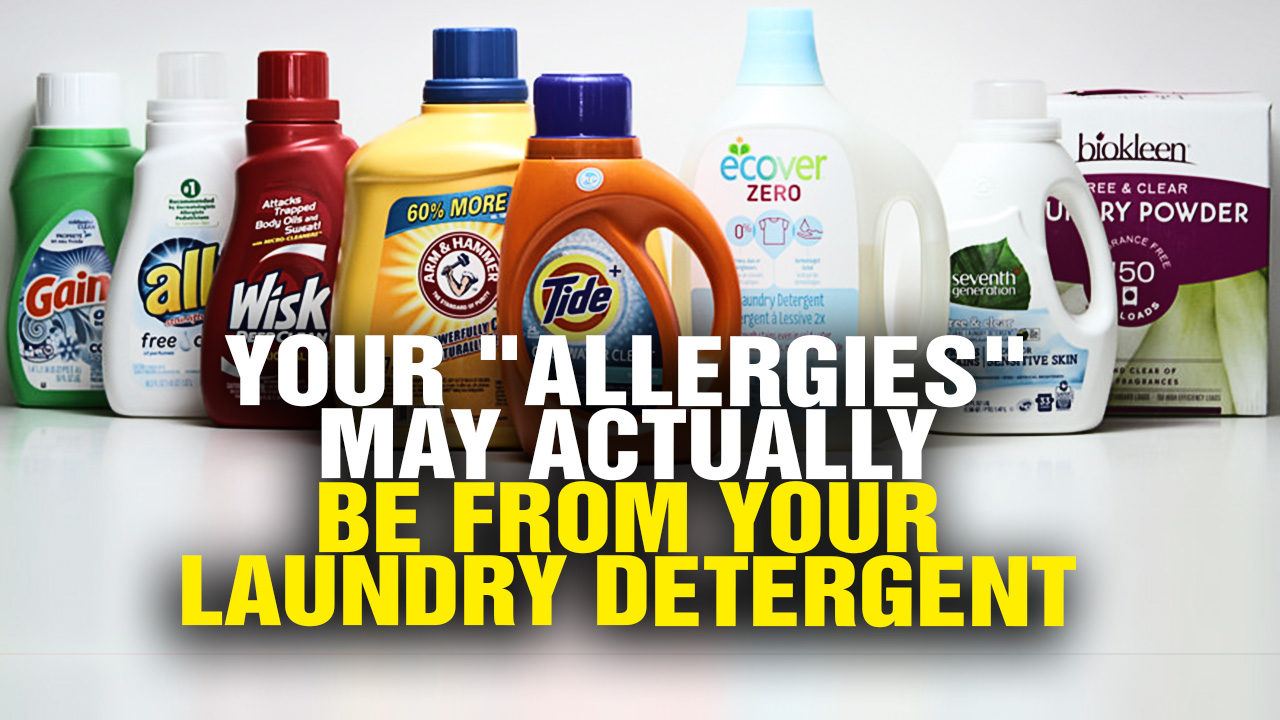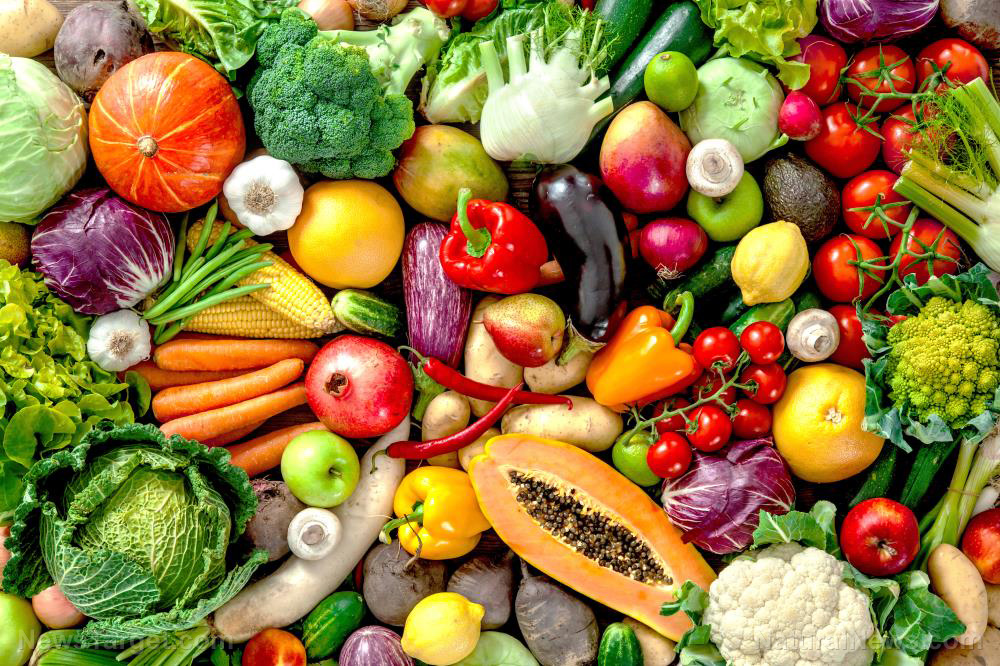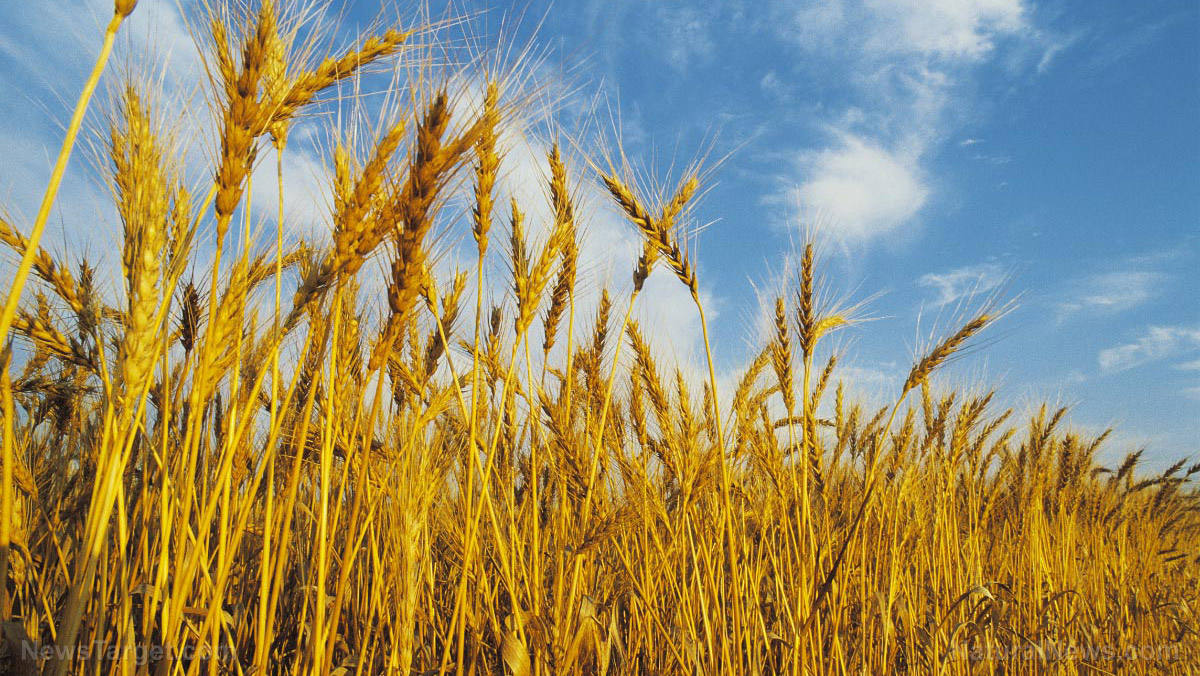Undeniable truth: Pesticide residues on non-organic produce much higher than previously thought
08/31/2018 / By Isabelle Z.

If you’re still not making a conscious effort to seek out organic produce, you’ll probably reconsider after you hear the results of some recent fruit sample testing. The presence of pesticides on conventionally grown produce is expected, but the extent of the contamination the tests revealed is shocking.
According to tests carried out by the U.S. Department of Agriculture, the levels of pesticides and other dangerous chemicals in non-organic food have been rising dramatically in recent years. The problem has gotten so bad that the Environmental Working Group (EWG) has now added pears to its “dirty dozen” list of the types of produce that tend to have the most pesticide residues and other toxic chemicals. In fact, between the years 2010 and 2016, pesticide residues on pears more than doubled from 0.6 ppm to 1.4 parts per million.
Perhaps even more concerning is the fact that many of the samples tested had multiple pesticides. Scientist don’t really know what can happen to the body when multiple pesticides are consumed at once, but some research shows that their toxicity can be heightened when they are ingested together. In 2010, just three percent of the samples tested had at least five pesticide residues; in 2016, half of the 678 samples tested had five or more pesticide residues, including fungicides and insecticides.
What exactly are you putting into your body when you eat conventional produce? One of the pesticides detected was carbendazim. This is believed to be a hormone disruptor that is particularly dangerous to the male reproductive system. Another pesticide that turned up was diphenylamine, which Europe has banned due to cancer concerns. Insecticides that are responsible for mass bee die-offs were also found, including acetamiprid and imadocloprid.
Fungicides accounted for the highest concentrations of pesticides in these fruits. They are often applied to the crops later on in the growing season or just after harvesting to stop the fruit from spoiling.
Pears are just one of many fruits that contain shocking amounts of pesticides
After hearing these statistics, you might be promising yourself you’ll start washing your produce a little more carefully, but consider this: The pears that were examined had been cleaned and washed thoroughly prior to being tested. This indicates that the chemicals are embedded in the fruit’s cellular structure and skin. Most of the pears involved were grown in the U.S.
It’s enough to make you never want to eat another pear again, but other fruits are not immune to this problem. Here is a look at some of the other fruits that have the dubious distinction of being on the EWG’s Dirty Dozen list.
Strawberries: The group reports that one third of conventional strawberries tested contained 10 or more pesticides, with one containing 22 different pesticide residues. Strawberries should be at the top of your list of fruits to always buy organic because their skin is soft and porous and is generally always consumed.
Grapes: Grapes are another fruit that you don’t want to buy conventional as more than 96 percent of them tested positive for pesticide residues. On average, grapes contain five different pesticide residues.
Nectarines: Nectarines come in third on the Environmental Working Group’s list as nearly 94 percent of them had two or more pesticides. One of the samples tested had 15 different pesticide residues on it.
Apples: Whether you like to eat apples raw as a healthy snack or you’re using them as part of a recipe, it’s worth shelling out for the organic variety as 90 percent of conventional apples have detectable levels of pesticide residues. What is particularly concerning is that four out of every five apples tested contained diphenylamine.
Guides like the Dirty Dozen can help you make smarter decisions when grocery shopping. If you’re on a budget, it can help you determine which fruits it is most important to buy organic. However, there is one affordable way you can be certain the fruit you consume is free of pesticides, and that is by growing it yourself. Growing organic fruits and vegetables is not as difficult as you might think, and it’s even possible if outdoor space is tight with the help of products designed for vertical gardening. Another tip is to buy what is in season; that is when it will be freshest and cheapest.
Read CleanFoodWatch.com for more stories on clean food.
Sources for this article include:
Tagged Under: apples, conventional fruit, dangerous chemicals, Diphenylamine, disease causes, Environmental Working Group, food safety, Fresh, fruit, grapes, grocery, nectarines, Organic, organic fruit, organic gardening, Pears, Strawberries, toxic ingredients, toxins




















